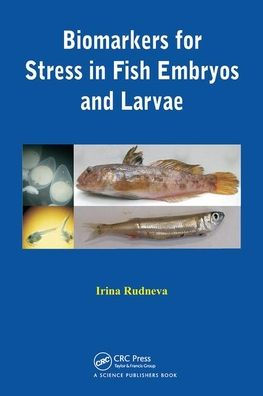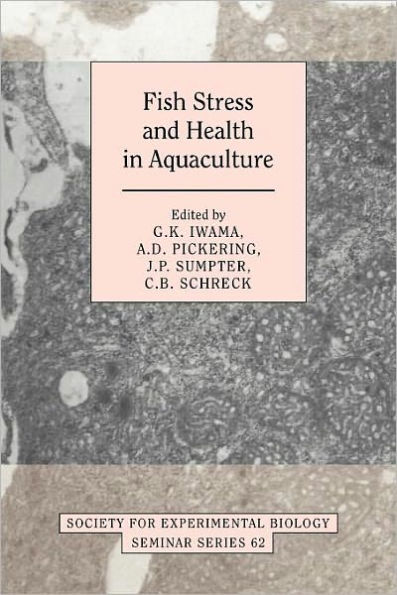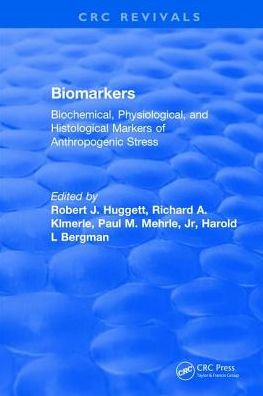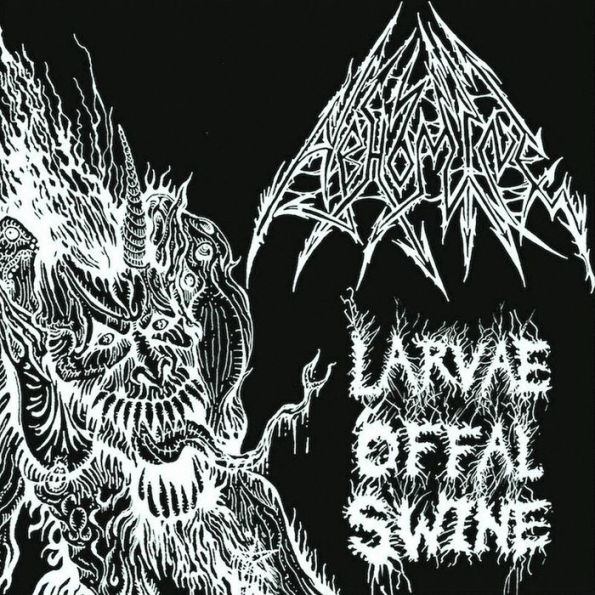Home
Biomarkers for Stress Fish Embryos and Larvae
Loading Inventory...
Barnes and Noble
Biomarkers for Stress Fish Embryos and Larvae
Current price: $77.99


Barnes and Noble
Biomarkers for Stress Fish Embryos and Larvae
Current price: $77.99
Loading Inventory...
Size: Paperback
*Product Information may vary - to confirm product availability, pricing, and additional information please contact Barnes and Noble
The present work evaluates the toxic effects of some environmental stressors on fish eggs and larvae and describes the biomarker responses of fish from locations with varying levels of pollution. Development of the main groups of biomarkers is discussed. The book demonstrates general trends and specific peculiarities of biomarker induction in early fish life and their association with the animal’s developmental stages. It addresses responses of fish eggs and larvae to pollution under experimental conditions and presents information obtained from
in situ
studies.
Chapters describe xenobiotics accumulation, anoxia and hypoxia, increasing temperature, eutrophication, and other unfavorable environmental factors, including biotic and abiotic factors, and their impact on fish embryos. They also examine fluctuations in biomarker levels in fish eggs and larvae that have been impacted by climate changes and discuss possible scenarios, especially for fish population size, reproduction, growth, development and biodiversity.
in situ
studies.
Chapters describe xenobiotics accumulation, anoxia and hypoxia, increasing temperature, eutrophication, and other unfavorable environmental factors, including biotic and abiotic factors, and their impact on fish embryos. They also examine fluctuations in biomarker levels in fish eggs and larvae that have been impacted by climate changes and discuss possible scenarios, especially for fish population size, reproduction, growth, development and biodiversity.

















